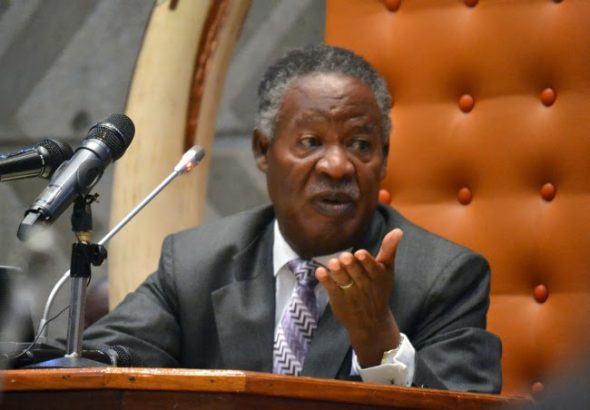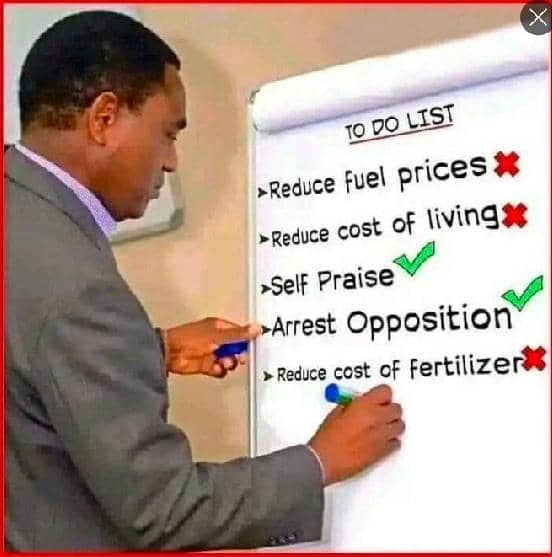
The US is still spending billions on Russian uranium, according to the New York Times. It could take more than a decade to replace nuclear fuel from Russia with a domestic alternative.
By Mpandashalo Mwewa | Chief Editor.
Lusaka, June 16 – Those who have followed my articles over time know by now why I am sceptical of the relationship that the US wishes to establish with Zambia.
In my opinion, it would not be any different from one between a married man and his domestic worker. The domestic worker would be foolish to think her boss loves her.
Also Read: The dark side of the US coercive diplomacy.
Despite Washington’s near-total economic blockade on Moscow, American companies still purchase around $1 billion worth of Russian uranium every year, the New York Times reported on Wednesday. Efforts to reduce this reliance have thus far failed.
Nuclear fuels have been conspicuously absent from the various sanction packages that have so far been announced by the US and EU since Russia’s military operation in Ukraine began last year.
Washington and Brussels have sanctioned Russian oil, gas, and coal, but have continued to allow the purchase of enriched uranium from Rosatom, Russia’s state nuclear energy corporation. And Russia could hit back but I guess it needs the money for its operations in Ukraine.
The point of sharing this information is to amplify my message that this is a wrong time to align Zambia with the US with a changing geopolitical landscape. The US says one thing but does the other. What’s the purpose of sanctions if what it needs must be exempted? Europe equally needs Russian gas desperately.
Also Read: This is a wrong time to align Zambia with the US with a changing geopolitical landscape.
What Zambia needs is not the US support but a new crop of political leaders who will be able to understand the value of our natural resources and how much we need them to develop our country. Given a possibility of getting a fair share of the billions of US dollars FQM is making out of our copper, the $500m a year we get from the US in the health sector would no longer be needed.
The future of Zambia points East not West. As an important platform for cooperation among emerging markets and developing countries, BRICS is committed to upholding multilateralism, vigorously advancing the reform of the global governance system and increasing the representation and say of emerging markets and developing countries.
In their current form, the BRICS make up around 31.5% of world GDP when adjusted on a purchasing power parity basis. With Iran and Argentina added, this rises to 33% of world GDP. This is a huge potential trade bloc, and 33% of global GDP is certainly enough to justify a reserve currency.
Also Read: If the West is going East, why is Zambia going West?
But beyond this, the potential for synergies between the countries is enormous. Taken together, the expanded BRICS countries currently produce around 26% of global oil output and 50% of iron ore production used to make steel.
Zambia’s development lies in Zambia opening up equitable trade links with the BRICS nations, understanding that we should no longer be suppliers of raw materials to the West. Foreign Direct Investment should bring technology to industrialise our local market.
Also Read: BRICS calls for rebalancing of global order away from the West!
You can now follow Woodpecker’s Digest on Twitter and Facebook!
©2022 Woodpecker’s Digest Inc.
Putting news into perspective







